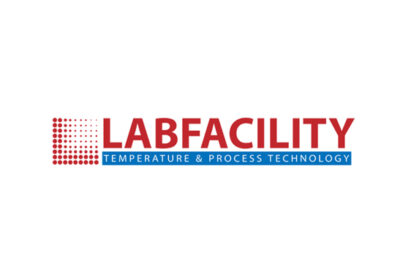Responding to customer feedback, Essentra Components offer a simple guide to help clear up confusion over the use of EPDM vs. Silicone. So, what is the difference and when should one be used over the other?
The Essentra Components guide – available to download free at www.essentracomponents.com/en-gb/news/product-resources – covers the basics, similarities, pros and cons of each material with simple tables of performance, compatibility and common usages. For example, explaining the popularity of EPDM the guides explains:
EPDM has a stable, saturated polymer backbone structure, which gives the material its advantages. Of all the rubbers, EPDM is the most water resistant, which is why it’s so popular for outdoor applications and is often used as a roofing material. EPDM stands up to harsh weather conditions such as sleet and snow. Another reason for its use outdoors, particularly in construction, is its excellent resistance to abrasions and tears and ability to stand up to the degrading effects of weathering, ozone and UV ray exposure.
EPDM also offers good electrical resistivity. Its chemical properties make it especially suitable for electrical insulation and gaskets. It resists polar solvents, and not just water, but also acids, alkalies, and phosphate esters. EDPM does a great job of withstanding steam and low and high temperatures, though silicone can take on even higher temperatures. The material has a low compression set, so it won’t lose much resilience over prolonged pressure.
For silicone we find that it is food safe and an incredibly versatile material, thanks to its chemistry and the many ways that it can be modified. Consequently, it offers vast possibilities.
Perhaps the most appealing characteristic of silicone is its ability to take on extremely high temperatures, which is why it’s especially popular for masking applications. Manufacturers will all give different melting points based on their experience and own criteria, but generally silicone can stand up to 232°C/ 450°F. Compare that to EPDM’s 148°C/300°F.
Examples of typical applications serve to illustrate key features of the industrial environment concerned and reasons for choosing either material. These include HVAC, enclosures, automotive, masking, construction, electronics, industrial, consumer appliances and cable management.
The final section of the guide gives a brief overview of how EPDM and Silicone compares with other rubbers, which include: natural rubber, SBR, NBR, neoprene.
Further information on Essentra Components products can be found on the Essentra Components website – www.essentracomponents.com, or contact sales@essentracomponents.com. Follow them on social media: https://facebook.com/essentracomponents/, www.linkedin.com/company/essentra https://www.youtube.com/channel/UCD-2g7tiLiKxsDptdC79BNQ





